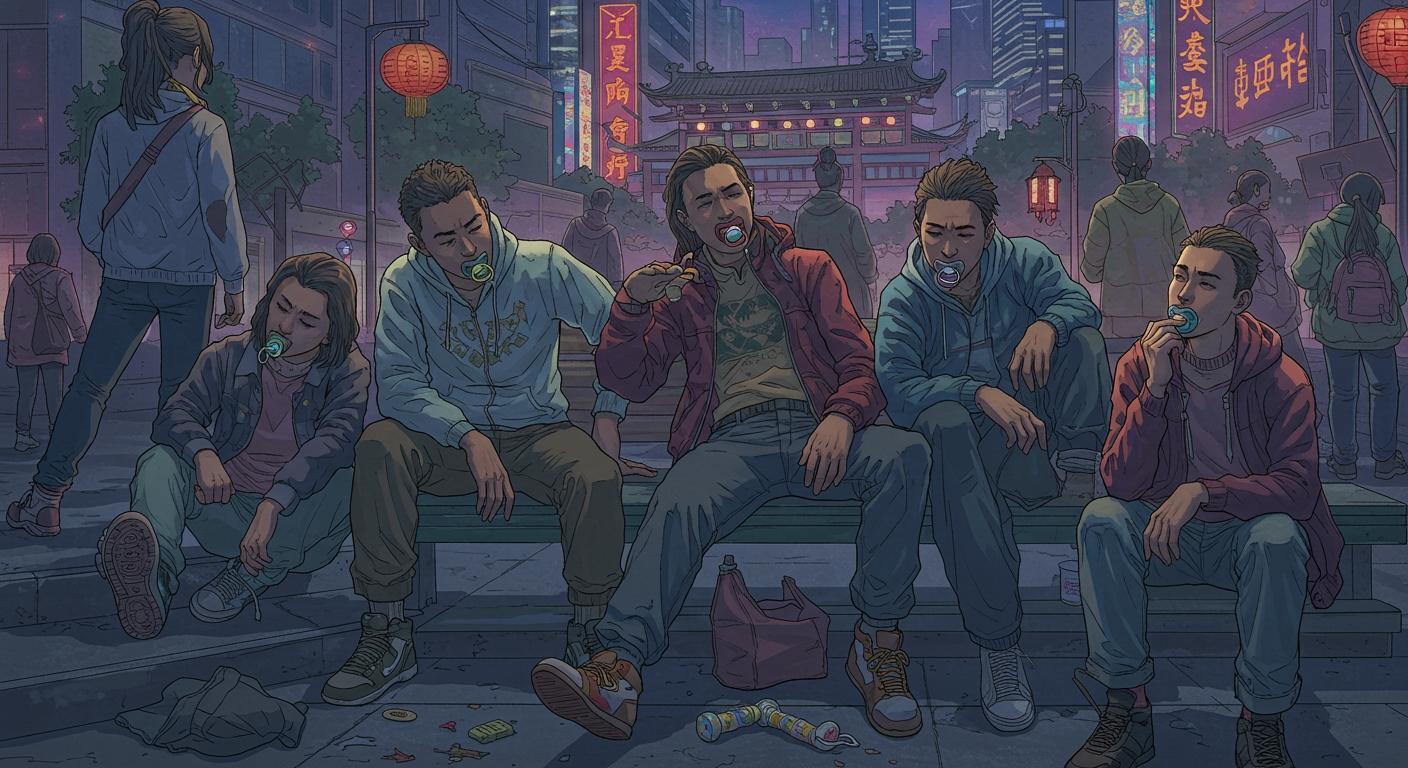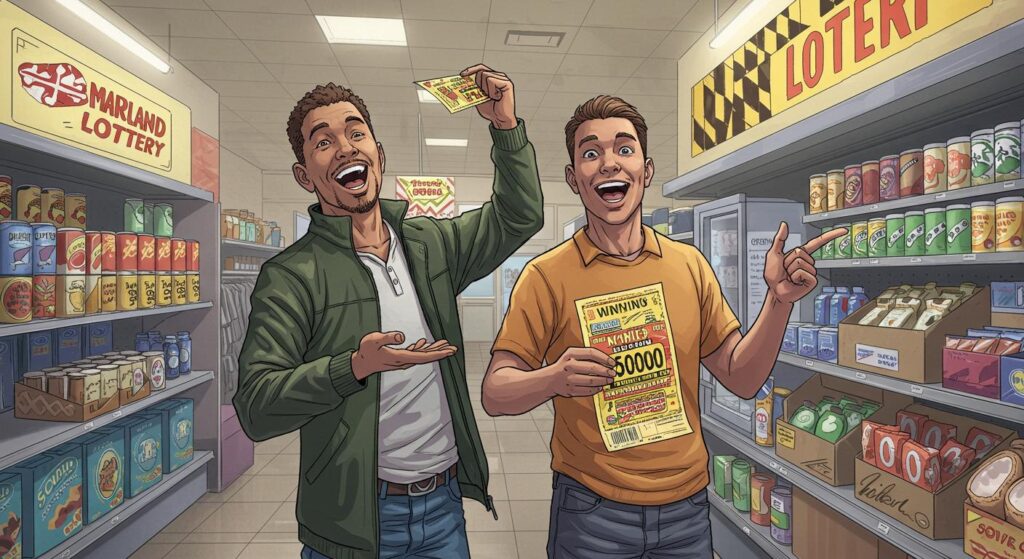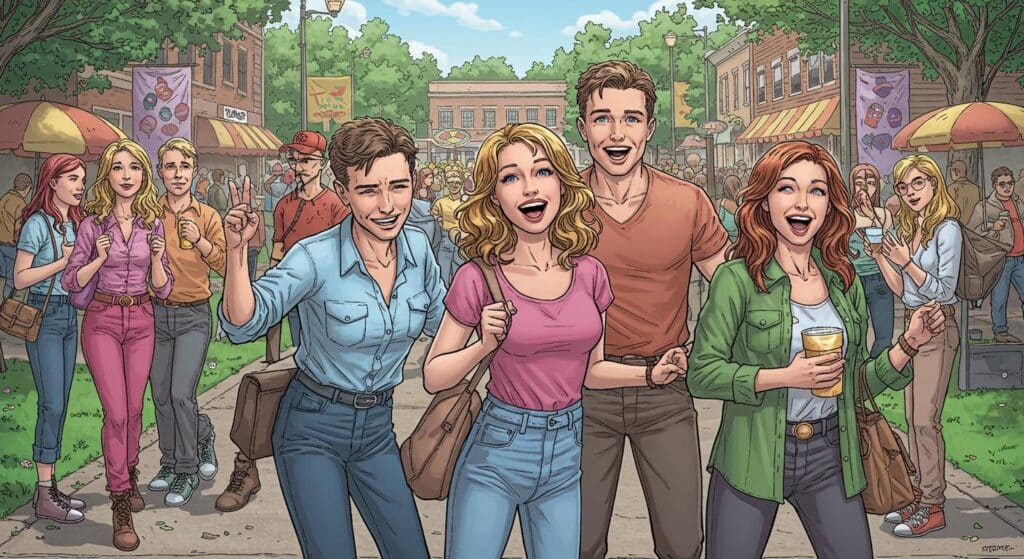It was only a matter of time before the world of stress relief fads cycled back to the basics—pacifiers, but this time, upscaled for adults. You may have caught the news via Oddity Central, which describes how adult pacifiers have made the leap from childcare to self-care, driven by adults in China seeking new ways to manage relentless anxiety and pressure. If you’ve pictured someone on a night shift or a crowded metro, quietly seeking solace with a silicone binky, you’re far from alone, though as far as anyone can tell, the more public the use, the more bemused the reactions.
According to Trending on Weibo, these silicone “stress-relief and sleep-aid” pacifiers have become hot sellers, with individual online retailers reporting monthly sales of more than 2,000 units. Priced anywhere from 10 to 500 yuan, they’re being snapped up in a rainbow of colors and styles. The outlet documents that some buyers claim benefits ranging from better sleep to support when quitting smoking. One commenter confessed that after spotting a pacifier being used as a milk tea straw in public, they quietly abandoned their plans to purchase. Another user empathized with the trend, noting, “Moderate relaxation and stress relief are fine, but long-term use is not. On the other hand, how much pressure do contemporary adults face…?”
From Nursery to Night Shift
Oddity Central details the novelty and rapid popularity of these products and highlights the social media response, which so far hovers between fascination and outright skepticism. Users have humorously compared their own routines—caffeine for the workday, pacifier at night—while others raise a collective eyebrow at the “infantilization” of adulthood. Reports show plenty are simply relieved to see others also seeking comfort, even if the method is unconventional.
Gathered testimonials mirror this sentiment. As described by SAYS, one user wrote, “It is amazing in helping me quit smoking. It gives me psychological comfort.” Some confessed to finding a sense of safety—“like from their childhood”—when working under especially stressful conditions. Despite the nostalgia, many social media conversations captured by SAYS show netizens hesitating, questioning the idea’s long-term sanity, or deciding to steer clear after seeing someone use a pacifier in public.
Chew On This: Experts Weigh In
Whatever the emotional benefits, the trend has not escaped scrutiny from professionals. SAYS notes that medical experts, particularly within the dental community, have issued direct warnings about the risks. Dentist Tang Caomin pointed out that regularly using a pacifier for more than three hours a day could gradually shift adult teeth, eventually causing bite alignment issues, pain while chewing, or even limited jaw mobility. Tang also warned of a less obvious risk: the potential to accidentally inhale parts of a pacifier during sleep—not quite the night-time relaxation most are going for.
Psychologists, including Zhang Mo, share a similar note of caution. Cited in SAYS, Zhang suggests the draw to pacifiers hints at unmet emotional needs rather than a quirky path to wellness. Her advice is succinct: “The real solution is not to revert to being a child, but to face the challenge directly and solve it.” According to Trending on Weibo, similar perspectives have gained traction online, with many users framing the pacifier fixation as less a fun meme and more an indicator of deep societal stress.
Fad, Fixture, or Modern Malaise?
It’s tempting to dismiss the sight of an adult thoughtfully sucking on a pacifier as social media theater, but the urge to self-soothe—however unconventional—seems to be a constant in stressful times. The explosion of weighted blankets and adult coloring books in their heyday comes to mind; perhaps a silicone pacifier is just the latest branch on the comfort tree.
Still, the debate surrounding adult pacifiers, as illustrated by both Trending on Weibo and SAYS, is noticeably sharper than it was for previous trends. Concerns about dental health, social awkwardness, and—most persistently—the undercurrent of overwhelming modern stress, have turned the pacifier into a miniature battleground over coping strategies.
Will adult pacifiers become a staple of late-night work culture, or simply fade as so many fads do? And, at what point does the search for relief start to resemble surrender? For now, the trend seems to straddle adaptation and absurdity in equal measure—a perfect example of how, in a world built on constant hustle, comfort sometimes comes in the strangest (and most literal) forms.







